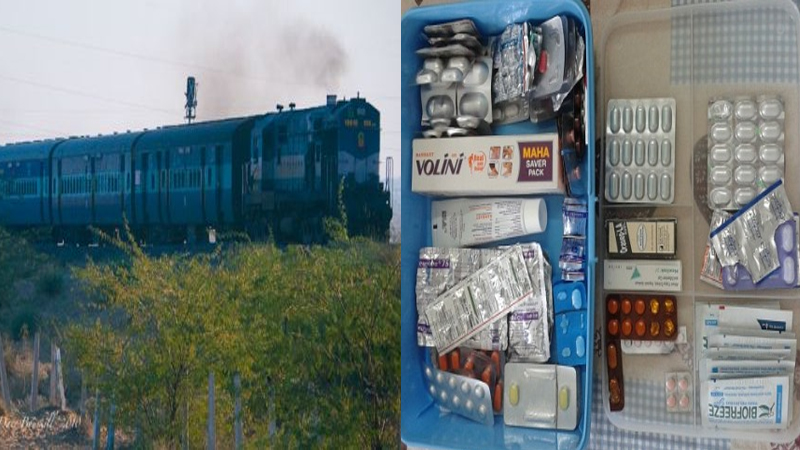9 Best India Travel Tips for First Time and Frequent Travellers
Stepping into a multicultural land with multiple regional languages, crowded streets, and India’s customary chaos and chaos is sure to surprise you. So how do you prepare and make the most of your time navigating the sights and sounds of this densely populated country. For the benefit of travelers, below has compiled a list of 9 top travel tips for your first visit to India.
Top tips for travelers looking to travel in India:
1. Health is wealth:
Make sure your travel bag is stocked with medicines for the harsh effects of the Indian subcontinent. Anti-malarial drugs should be a priority, as both rural and urban areas are prone to mosquitoes. Antibacterial creams, pain relievers, and antibiotics for skin infections should also be used along with indigestion and diarrhea medications to protect yourself from food and water.
2. Indian Rail Travel Tips:
It is easy to take the train from one place to another. It is the cheapest and covers great distances with great views of the countryside. Long-distance express trains are equipped with air-conditioned chair carriages and air-conditioned sleeper spaces, and all seats and beds are reserved to provide you with a safe and comfortable journey.
see more: Cycling Tips and Tricks
3. Eat healthy:
If you have a bad stomach, your best bet is to stay away from street food. If you still want to taste it, be picky about what you eat and where you eat it. Take your time to enjoy the spicy dishes for the first few days of your visit. Let your stomach get used to milder food options, then let your taste buds savor India’s spice-laden delicacies. Perhaps the safest option is a more nutritious, stomach-friendly vegetarian diet.
4. Avoid maddening crowds:
If you want to escape the hustle and bustle of the crowds on the city streets, your best bet is to go to the quiet backwaters of Kerala or the mountains of India’s many hill stations. These places greet you with the calm and silence you can now find elsewhere in India. The sheer beauty combined with the tranquil atmosphere of these scenic places in India may make you consider taking another trip to the country.
see more: Facts about the Indian Himalayas
5. Skip the toilet:
India makes up for this in scenic beauty, but it greatly lacks in public health. International tourists should be increasingly concerned if travel involves over-travelling. If you must use a public toilet, using the so-called Indian squat toilet is a better option because you are less likely to get germs and diseases than sitting on the toilet. But be sure to stack on toilet paper, as most public restrooms don’t have them.
6. Use those bargaining skills:
Don’t be fooled when shopping in India. Whether it’s handicrafts, clothes, shoes, knickknacks, or even vegetables and fruits, don’t take the price the shopkeeper gives you. It can sometimes prove lucky if a supplier gives you a price to buy your item for half the price but starts haggling for a quarter.
see more: Sleep Camp 2014
7. Slow down on public displays of affection:
Local Indians do not like public displays of affection, and many consider it taboo. Hugging your partner or overtly kissing in public is generally unwelcome. So if you want to avoid embarrassing stares and disrespect for locals, take it easy on those feelings.
8. Wear a scarf:
For women, going out with a scarf or shawl is an ideal thing to do. It especially comes in handy when visiting sacred places of worship such as temples and mosques that require women to cover their heads. It also protects the hair from the ill effects of harsh pollutants.
9. Be safe not sorry:
With rape and sexual harassment cases on the rise in India, female travelers should be well prepared to avoid or protect themselves from such encounters. Avoid taking public transport or nighttime empty trains or trains at all costs. Try not to wear tight clothing that can attract the wrong attention. If in an uncomfortable position in a crowded vehicle, create a commotion to keep the offender away from embarrassment or allow the public to deal with him. Better to be safe than sorry.

